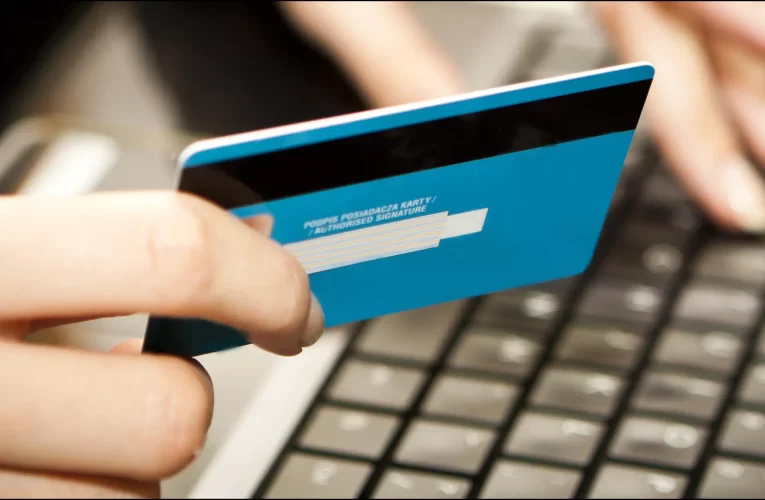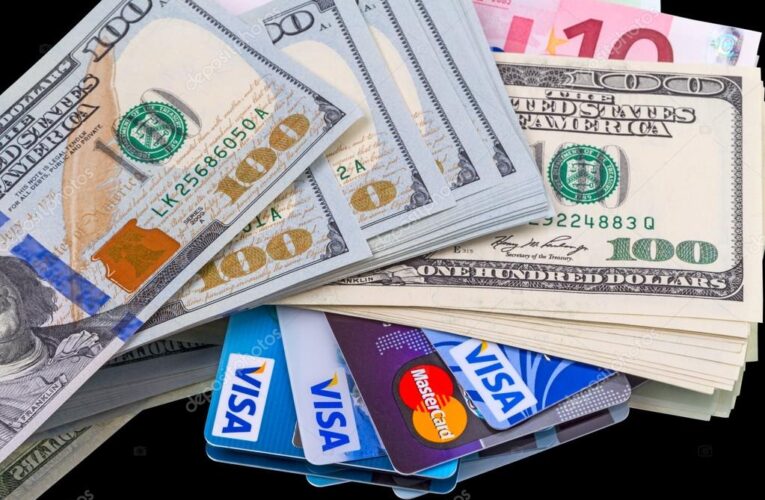Unlocking The Path To Success: Boost Your Business Credit Score and Access the Four Tiers of Financing
Maintaining a healthy credit score is essential for growth and sustainability in the ever-evolving business landscape. As a business owner, you might have heard about the four tiers of financing but are unsure about how to access them. Fear not! In this article, we will discover Business credit vendors tiers and delve into the steps you can take to boost your business credit score and unlock the doors to the four tiers of financing.
Understanding the Four Tiers of Financing
Before we dive into improving your business credit score, let’s take a moment to understand the four financing tiers and why they matter. These tiers represent different levels of creditworthiness and determine the types of financing options available to your business:
Tier 1: Traditional Bank Financing
This tier includes loans from traditional banks and financial institutions. To access this tier, you need an excellent credit score and a strong financial history.

Tier 2: Alternative Lenders
Alternative lenders, such as online lenders and peer-to-peer lending platforms, offer financing options to businesses with good credit scores but may have more lenient requirements than traditional banks.
Tier 3: Asset-Based Lenders
Asset-based lenders provide loans secured by your business assets. Even if your credit score is less than perfect, you can access this tier by offering collateral.
Tier 4: High-Risk Lenders
This tier is for businesses with poor credit or a limited credit history. High-risk lenders offer financing but often come with higher interest rates and stricter terms.
Now that you have a grasp of the four tiers of financing let’s explore how to boost your business credit score and move up the ladder.
Steps to Boost Your Business Credit Score
Check Your Credit Report Regularly
Start by obtaining your business credit report from major credit bureaus. Review it for errors or discrepancies and address any issues promptly.
Establish a Separate Business Entity
Separate your personal and business finances by forming a legal business entity like an LLC or corporation. This helps protect your personal credit from your business’s financial activities.
Pay Bills on Time
Consistently paying your business bills and loans on time is crucial for building a positive credit history. Late payments can negatively impact your credit score.
Reduce Credit Utilization
Aim to keep your credit utilization ratio—the amount of credit used compared to the total credit available—low. This demonstrates responsible credit management.
Diversify Your Credit
Having a mix of different types of credit, such as credit cards, loans, and lines of credit, can positively impact your credit score.
Build Positive Trade References
Establish positive relationships with suppliers and vendors who report your payments to business credit bureaus. This can help boost your credit score over time.
Monitor Your Credit Score Regularly
Stay vigilant by monitoring your business credit score regularly. Many credit monitoring services offer alerts for any significant changes.

Seek Professional Help
If you need help to improve your business credit score, consider working with a credit repair specialist or a financial advisor who can provide expert guidance.
To access the four tiers of financing, you must not only boost your business credit score but also be aware of the vendors participating in each tier. Research and network within your industry to identify lenders and financial institutions that cater to businesses at your credit level. You can explore higher tiers and access more favorable financing options as your credit score improves.
In conclusion, building and maintaining a healthy business credit score is a crucial step in accessing the four tiers of financing. By following these steps and staying committed to responsible financial management, you can improve your creditworthiness and unlock the doors to greater financial opportunities for your business.
Remember that the journey to financial success is a marathon, not a sprint. Be patient, stay proactive, and continue striving for excellence in managing your business credit. With determination and diligence, you can reach the top tiers of financing and pave the way for your business’s growth and prosperity.








